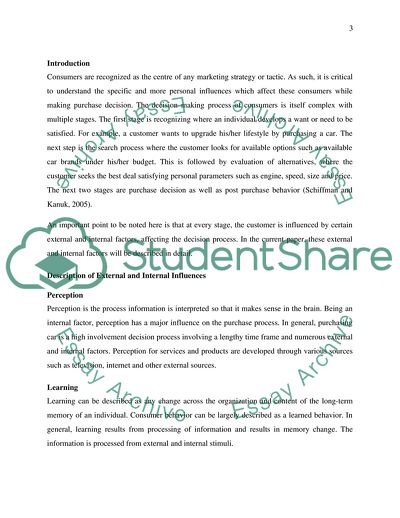Cite this document
(The Consumer Buying Behaviour Report Example | Topics and Well Written Essays - 1500 words, n.d.)
The Consumer Buying Behaviour Report Example | Topics and Well Written Essays - 1500 words. https://studentshare.org/family-consumer-science/1831003-the-consumer-journal-report-buyer-behavior
The Consumer Buying Behaviour Report Example | Topics and Well Written Essays - 1500 words. https://studentshare.org/family-consumer-science/1831003-the-consumer-journal-report-buyer-behavior
(The Consumer Buying Behaviour Report Example | Topics and Well Written Essays - 1500 Words)
The Consumer Buying Behaviour Report Example | Topics and Well Written Essays - 1500 Words. https://studentshare.org/family-consumer-science/1831003-the-consumer-journal-report-buyer-behavior.
The Consumer Buying Behaviour Report Example | Topics and Well Written Essays - 1500 Words. https://studentshare.org/family-consumer-science/1831003-the-consumer-journal-report-buyer-behavior.
“The Consumer Buying Behaviour Report Example | Topics and Well Written Essays - 1500 Words”. https://studentshare.org/family-consumer-science/1831003-the-consumer-journal-report-buyer-behavior.


